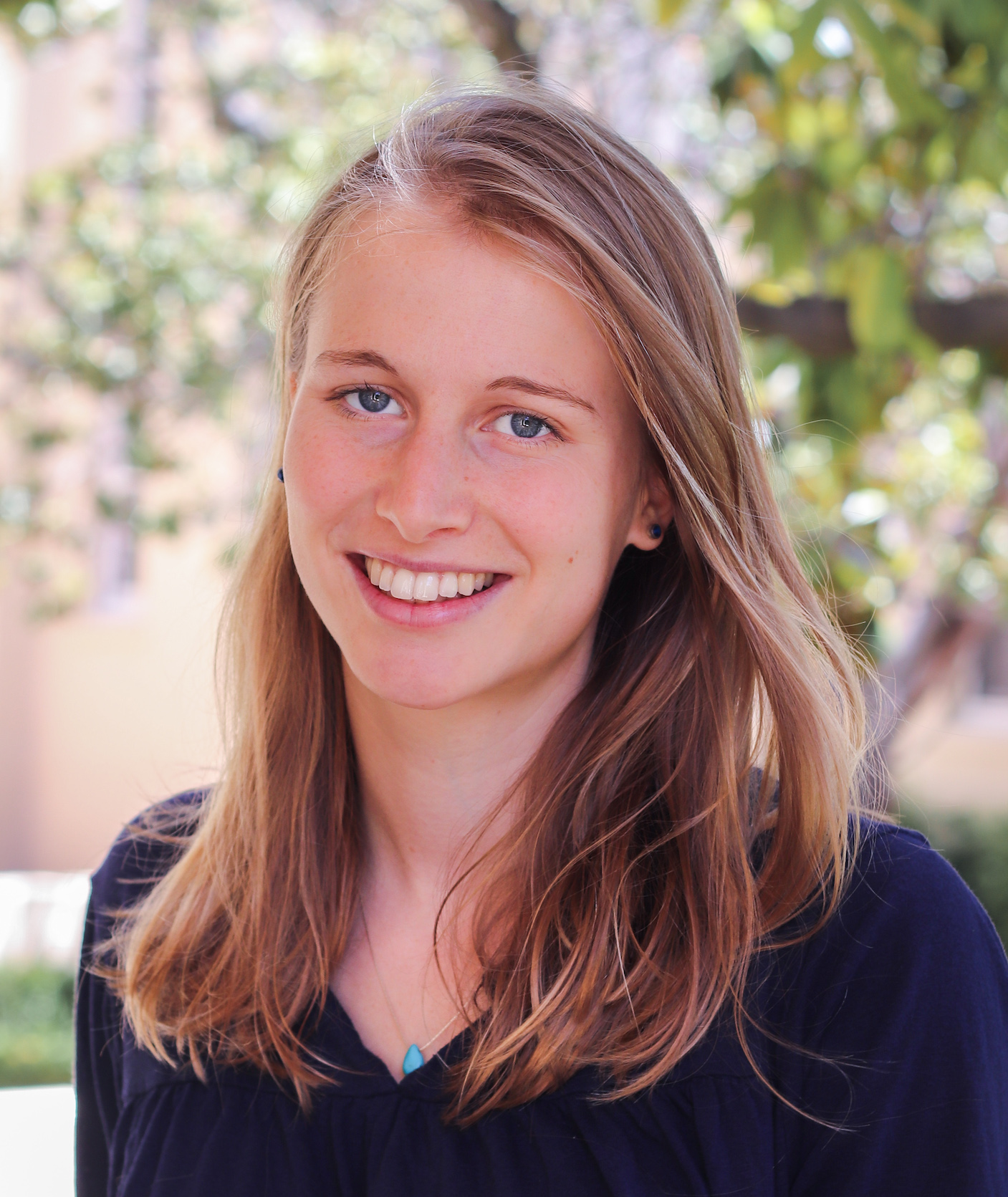New Stanford research shows difference in language used by Republicans and Democrats
New research examined how Republicans and Democrats express themselves online in an attempt to understand how polarization of beliefs occurs on social media.
New Stanford linguistics research has analyzed how Republicans and Democrats use different language when discussing mass shootings on social media and found that Republicans talk more about the shooter and Democrats focus more on the victims.

New linguistics research examines social media to see how polarization spreads and how it changes over time. (Image credit: Getty Images)
Focusing on posts shared on the social media platform Twitter, the researchers found that Republicans tended to concentrate on breaking news reports and on event-specific facts in their tweets while Democrats centered on discussing potential policy changes, according to the new study, presented at a computational linguistics conference in June.
“We live in a very polarized time,” said the study’s co-author Dan Jurafsky, professor of linguistics in the School of Humanities and Sciences with a joint appointment in computer science in the School of Engineering. “Understanding what different groups of people say and why is the first step in determining how we can help bring people together. This research can also help us figure out how polarization spreads and how it changes over time.”
Researchers examined 4.4 million tweets posted in response to 21 different mass shooting events, including the Orlando nightclub shooting in 2016, to determine what words and emotions people with different political leanings expressed.
They found that Republicans were more likely to express fear and disgust in their tweets than Democrats, who were more likely to communicate sadness and calls for action. Republicans were also 25 percent more likely than Democrats to write “terrorist” in tweets about the shootings in which the shooter was African American, Hispanic or Middle Eastern. Democrats were 25 percent more likely to use the same word when they tweeted about shootings in which the shooter was white.
Studying tweets
Researchers launched the study because they had three main questions: What is different about how Democrats and Republicans talk on Twitter? Could Republicans or Democrats be identified based on particular words they use in their tweets? How could these differences help understand the causes and consequences of social media polarization?
To answer those questions, researchers used a method developed by Stanford economist Matthew Gentzkow together with Brown University economist Jesse Shapiro, who are co-authors on the new study, and economist Matt Taddy. The method determines the degree of polarization in speech, and it was used in previous research that examined the speech of members of Congress.

Dora Demszky (Image credit: Csenge Török)
The researchers applied the method and a language processing framework they created to a database of 4.4 million tweets about 21 mass shooting events that happened between 2015 and 2018. The researchers excluded retweets, and they determined whether a Twitter user was a Republican or Democrat by analyzing if they followed more Republican or Democratic politicians’ accounts.
Researchers chose to focus on responses to mass shootings because “they are events with objective facts, the meanings of which people twist in different ways,” said Dora Demszky, the lead author on the study and a Stanford linguistics graduate student. The interdisciplinary team of co-authors also includes James Zou, assistant professor of biomedical data science, linguistics graduate student Rob Voigt and electrical engineering graduate student Nikhil Garg.
Researchers found that when people mentioned an earlier shooting as a way to contextualize the new shooting, Democrats were 2.7 times more likely than Republicans to mention a previous school shooting, most often the 2012 Sandy Hook Elementary School shooting. But Republicans were 2.5 times more likely to mention an event of mass violence that involved a perpetrator who was a person of color, which most often involved a mention of the Sept. 11 attacks.
Researchers saw that the degree of polarization in the tweets increased over time in the hours and days following the events. For the three events where there was sufficient long-term data to draw conclusions, polarization plateaued usually after about three to four days, Demszky said.
“Ideological polarization happens very fast,” Demszky said. “As soon as an event like a mass shooting happens, people react very differently right away. This research gives a large-scale insight into how polarization works linguistically.”
Among other findings, researchers found that Democrats were more likely than Republicans to use phrases like “need to,” “should,” “have to” and “must” as part of their calls for political action.
The research study also confirms previous research showing the relationship between people’s beliefs, personalities and worldviews. The new study reveals that different emotions are expressed by people with different political leanings.
Limitations and further research
While some of the difference in speech patterns between Republicans and Democrats may be intuitive, the new study is one of the first to quantify polarization of language on social media in the hours and days after major events, Jurafsky and Demszky said.
“In order to think about how we could fix the echo chambers that social media creates, we need data on how polarization happens,” Demszky said.
Further research is needed to understand the linguistic differences among Republicans and Democrats.
One limitation of the new study is that researchers categorized each Twitter user they analyzed as either Republican or Democrat rather than locating them along an ideological spectrum.
Demszky said she hopes that talking about language bias could be helpful in and of itself.
“It’s easy to not reflect on the words you use daily,” Demszky said. “But I think it’s a good step forward if people are just aware of their own biases.”
Researchers who contributed to the project include Stanford electrical engineering PhD student Nikhil Garg, linguistics PhD student Rob Voigt and assistant professor of biomedical data science James Zou as well as economics Professor Matthew Gentzkow, who is also a senior fellow at the Stanford Institute for Economic Policy Research. Jesse Shapiro, a professor of economics at Brown University, also co-authored the study.
